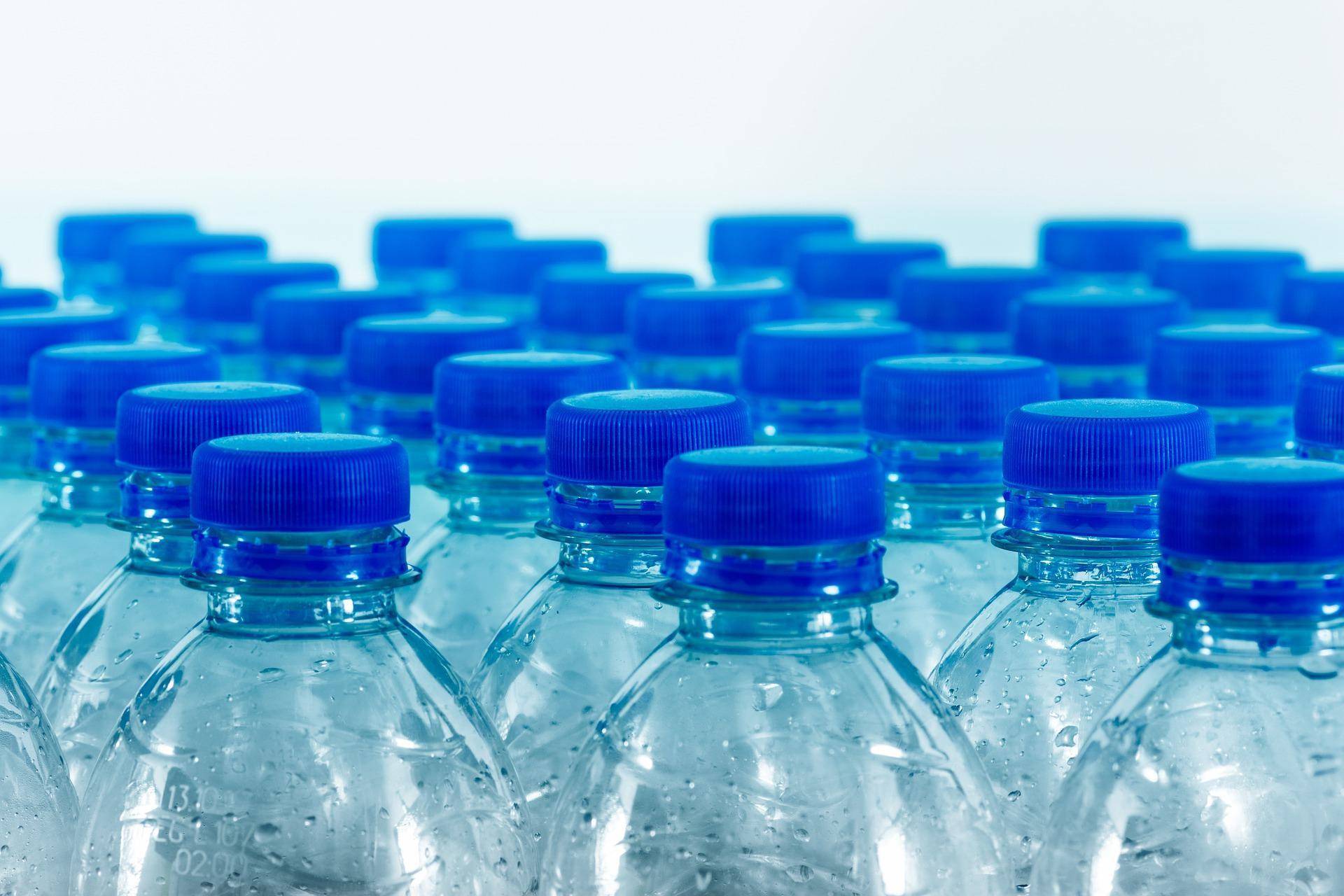By Julene Reese
The average human body is 65 percent water — an element essential for survival. Water helps blood flow and carries oxygen and nutrients to cells, flushes waste products from the body, cushions tissues and joints, and is a critical component for digestion.
Because water is fundamental for daily life, providing for water needs in the event of an emergency should be a top priority.
According to Teresa Hunsaker, Utah State University Extension educator, with the drought on everyone’s minds, now is a great time to design a family preparedness plan that includes water storage.
“Each person will need at least one gallon of water per day,” she said. “For home storage, include at least a two-week supply of water for each person for drinking and sanitation. If you own a pet, be aware of how much it drinks each day and include that amount in your storage.”
Hunsaker said water should be stored in containers such as food-grade plastic or glass jars, including quart canning jars.
“Many people bottle water in their empty canning jars,” she said. “It’s a simple way to use canning jars for another purpose. The downside is the bottles can break, but many people place them in canning boxes with dividers to protect them. You can process the bottled water in a canner for 20 minutes and have a sterile source of water in storage.”
Hunsaker said two-liter plastic soda pop bottles also work well, as do 5, 10 or 55-gallon containers specifically for water storage.
“Previously used juice and milk containers won’t work since food proteins are difficult to remove, and the grade of plastic is generally not adequate,” she said. “Water bottles purchased in cases from the store work well for short-term storage of 1-2 years.”
Hunsaker said it is important to avoid storing plastic containers directly on concrete or dirt since they will absorb odors, which won’t affect the safety of the water, but it can affect the taste.
“When you are filling water storage containers with tap water, you won’t need to treat the water prior to storage since city water already provides a sanitation treatment,” she said.
Hunsaker said in the event of an emergency, water will need to be treated if it comes from a non-sterile source such as wells, rivers, rainwater, etc. Below are several suggested treatment methods, based on information from Carolyn Washburn, retired USU Extension professor.
* Chemical treatment – Using concentrated, (6 percent) unscented chlorine bleach, add 8 drops per gallon (less than 1/8 tsp), or 2 drops per quart. Be aware that nearly all liquid chlorine bleach is now concentrated and that amounts required for treatment are LESS than in previous years when bleach was not concentrated (3 percent). After adding bleach, let the water stand for 30 minutes. For cloudy water, use 24 drops per 2 gallons (4 drops per quart). If water is still cloudy, repeat the dosage, and let stand another 15 minutes. If it is still cloudy at that point, it is not safe to drink and should be disposed. Water treated with chlorine should have a slight bleach odor. If it does not, repeat and wait another 15 minutes. The treated water can then be made palatable by pouring it between clean containers several times. Beware of expiration dates on bleach. If it is older than 4 months, it should not be used as a water purifying agent. Bleach will dissipate after 1 year.
* Heat treatment – Boil water for 5 to 10 minutes. The water bath method for glass jars provides sterilization and indefinite shelf life. Fill clean, sterilized jars and boil in a water bath for 15-20 minutes.
* Other forms of water treatment are iodine, water purification tablets, distillation and filtration.
* Additional emergency sources of water include potable water from pipes, water heaters and ice cube trays. However, water from swimming pools, toilet tanks or waterbeds should not be used for drinking because of the chemicals that have been added.
“When potable or drinkable water is properly disinfected and stored in ideal conditions, it should have an indefinite shelf life,” Hunsaker said. “However, to maintain the optimum quality and avoid a possible stale taste, it is best to rotate the water every six months.”
For further information and tips on preparedness, visit extension.usu.edu/preparedness.

